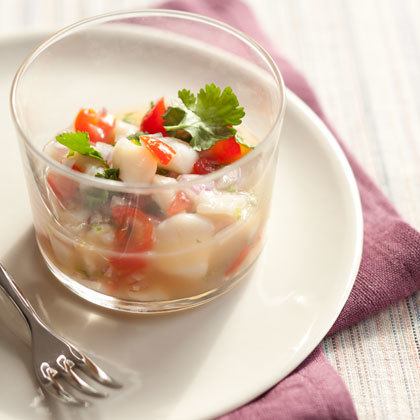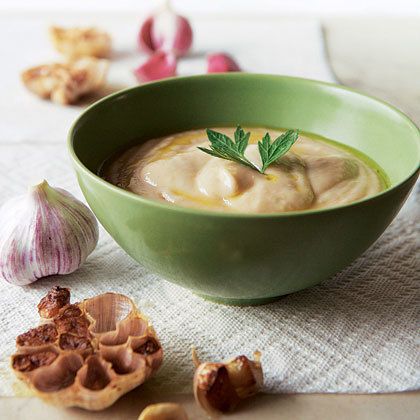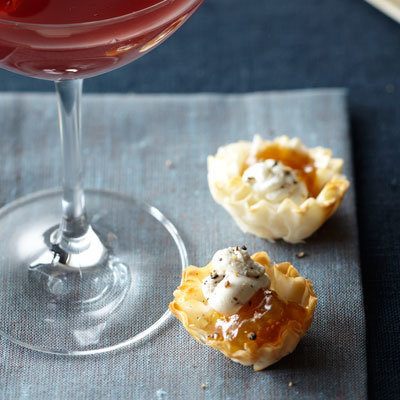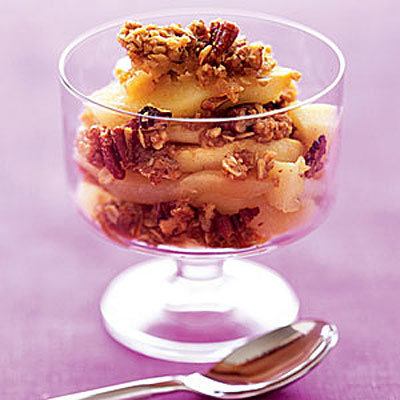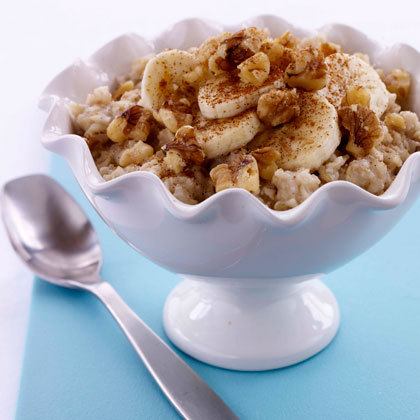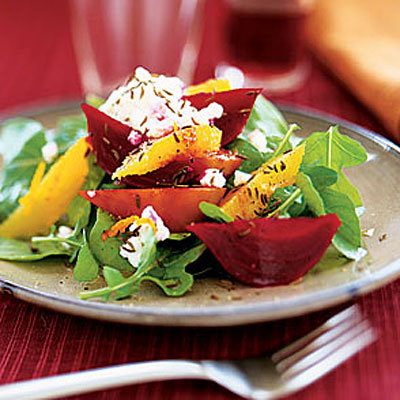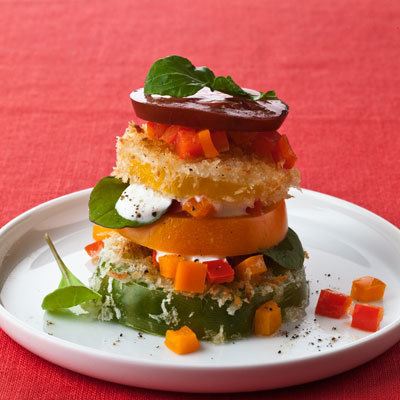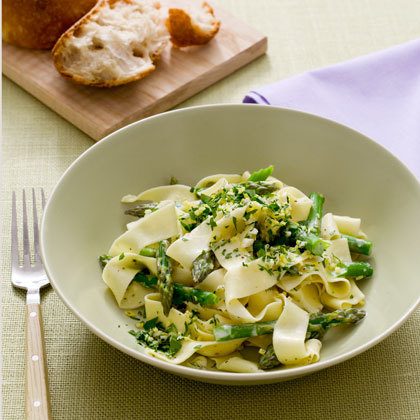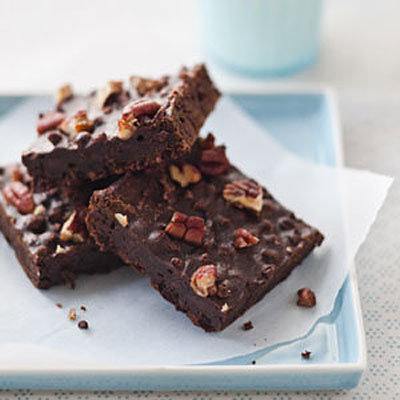Despite the growing number of warnings by the health experts, our diet is still abundant with processed foods that contain excessive amounts of salt that is detrimental to our health. What too much sodium does to our health is that it increases the volume of blood in our blood stream, which results in high blood pressure, heart attack, stroke, heart failure, stomach cancer, osteoporosis, kidney stones and headaches[1], not to mention the weight gain and bloating as a result of water retention. With high blood pressure being a leading cause of cardiovascular disease, it has become evident that lower sodium intake is one of the most important prevention measures.
High sodium foods we use in our diet include
- Smoked, cured, salted or canned meat, fish or poultry including bacon, cold cuts, ham, frankfurters, sausage, sardines, caviar and anchovies
- Frozen breaded meats and dinners, such as burritos and pizza
- Canned entrees, such as ravioli, spam and chili
- Salted nuts
- Beans canned with salt added
- Buttermilk
- Regular and processed cheese, cheese spreads and sauces
- Cottage cheese
- Bread and rolls with salted tops
- Quick breads, self-rising flour, biscuit, pancake and waffle mixes
- Pizza, croutons and salted crackers
- Prepackaged, processed mixes for potatoes, rice, pasta and stuffing
- Regular canned vegetables and vegetable juices
- Olives, pickles, sauerkraut and other pickled vegetables
- Vegetables made with ham, bacon or salted pork
- Packaged mixes, such as scalloped or au gratin potatoes, frozen hash browns and Tater Tots
- Commercially prepared pasta and tomato sauces and salsa
- Regular canned and dehydrated soup, broth and bouillon
- Cup of noodles and seasoned ramen mixes
- Soy sauce, seasoning salt, other sauces and marinades
- Bottled salad dressings, regular salad dressing with bacon bits
- Salted butter or margarine
- Instant pudding and cake
- Large portions of ketchup, mustard
According to American Heart Association [2] “With 65% of sodium in their diet coming from supermarkets and 25% from restaurants 9 out of 10 Americans consume too much sodium, exceeding the dosage recommended by AHA by 1900mg.”
Health benefits of a low sodium diet
Low sodium diet is strongly recommended as it not only improves the overall health and appearance, but it also affects three major risk factors – high blood pressure, stroke and coronary heart disease.
A research [3] comprised of 14 cohort studies and five randomized controlled trials reporting all cause mortality, cardiovascular disease, stroke, or coronary heart disease, 37 randomized controlled trials measuring blood pressure, renal function, blood lipids, and catecholamine levels in adults and nine controlled trials and one cohort study in children reporting on blood pressure shows three major health benefits of low sodium diet
- In adults a reduction in sodium intake significantly reduced resting systolic blood pressure by 3.39 mm Hg and and resting diastolic blood pressure by 1.54 mm Hg
- In children, a reduction in sodium intake significantly reduced systolic blood pressure by 0.84 mm Hg and diastolic blood pressure by 0.87 mm Hg
- Lower sodium intake is also associated with a reduced risk of stroke and fatal coronary heart disease in adults
Suggested list of low sodium foods
Even though pervasive in our diets, high sodium foods are not that difficult to avoid or to replace by healthier alternatives. Here is a list of healthy, low sodium alternatives to the previous list, suggested by the Dietary Guidelines for Americans [4] and AHA Sodium blog, complete with recipes for you to try at home.
Meat, fish, eggs, beans and peas
- Fresh meat (beef, veal, lamb, pork), poultry, fish or shellfish – low in sodium, rich in protein and iron
- Eggs – low in sodium, rich in protein and omega -3 fatty acids
- Dried or frozen beans and peas – low in sodium, rich in protein and iron
Suggested daily intake: 2-3 servings per day
Recipe suggestions:
Scallop ceviche
Low calorie and low sodium delicious lunch choice.
White bean and roasted garlic dip
Healthy home-made dip low in sodium and rich in fiber and protein.
Dairy
- Low-sodium cheese (swiss, goat, brick, ricotta, fresh mozzarella)
- Cream cheese (light and skim)
- Milk (1% or skim)
Suggested daily intake: 2-3 servings per day
Recipe suggestion:
Phyllo Shells, Goat Cheese, and Jam
Creamy, crunchy, low calorie and low sodium snack
Fruits and vegetables
- Fresh, frozen, canned, or dried fruits
- Fresh or frozen vegetables without added sauces
- Low-sodium tomato juice or V-8 juice
- Low-sodium tomato sauce
Suggested daily intake: 5 or more servings per day
Recipe suggestions:
Double Apple Crumble
Rich, low sodium dessert.
Banana Nut Oatmeal
Zero-sodium, healthy breakfast choice.
Beet, Orange, and Ricotta Salad
Tasty and healthy salad super rich in protein and fiber.
Tomato Stacks
Low calorie, low sodium, savory snack.
Breads, grains
- Low-sodium breads
- Low-sodium cereals (old-fashioned oats, quick cook oatmeal, grits, Cream of Wheat or Rice, shredded wheat)
- Pasta (noodles, spaghetti, macaroni)
- Rice
- Low-sodium crackers
- Low-sodium bread crumbs
- Granola
- Corn tortillas
- Plain taco shells
Suggested daily intake: 6 or more servings per day
Recipe suggestions:
Easy Granol
Healthy breakfast choice with only 22mg of sodium, and 3 grams of protein and fiber.
Pappardelle With Lemon Gremolata and Asparagus
Great dinner choice rich in vitamin K, protein and fiber.
Sweets (consume in moderation)
- Sherbet, sorbet, Italian ice, popsicles
- Fig bars, gingersnaps
- Jelly beans and hard candy
Recipe suggestion
Triple Chocolate Surprise Brownies
Low calorie, rich and fudgy dessert.
Fats, oils, condiments (consume in moderation)
- Low-sodium butter and margarine
- Vegetable oils
- Low-sodium salad dressing
- Homemade gravy without salt
- Low-sodium soups
- Low-sodium broth or bouillon
- Lemon juice
- Vinegar
- Herbs and spices without salt
- Low-sodium mustard
- Low-sodium catsup
- Low-sodium sauce mixes
Featured photo credit: Pixabay via pixabay.com
Reference
| [1] | ^ | https://www.ncbi.nlm.nih.gov/pubmed/19110538 |
| [2] | ^ | SOURCE:American Heart Association |
| [3] | ^ | SOURCE:Effect of lower sodium intake on health: systematic review and meta-analyses |
| [4] | ^ | SOURCE: Dietary Guidelines for Americans 2015-2020 |

